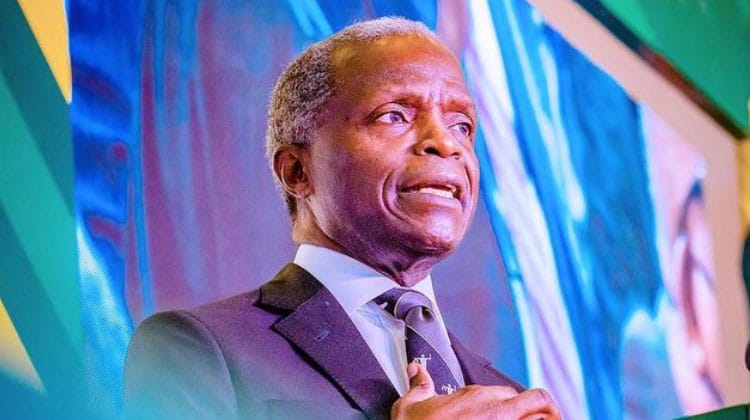Hardly a day goes by without Huawei, the Chinese telecom and technology giant, making the news. The firm has been explicitly targeted by U.S. sanctions for over five years, making its continued success in the marketplace a story of both economic and geopolitical significance. U.S. sanctions on the Shenzhen-based conglomerate intensified in 2018 when it was added to the Department of Commerce Entity List. Given its heavy reliance on Western technology, the United States anticipated Huawei’s demise. Indeed, facing significant revenue losses and a technology crunch, CEO Ren Zhengfei noted in an internal meeting, “Huawei is fighting for its life… we have a future if we survive.” Ren’s military background has instilled a revolutionary spirit in the company since its inception. In military terms, he said, “It’s time to pick up the guns, mount the horses, and go into battle.” Despite Washington tightening its grip on export controls over the past five years, Huawei is said to have risen from the ashes, boasting of supply chain independence and technological self-sufficiency. In fact, despite the heavy restrictions, Huawei seems to be pivoting toward expanding its product portfolio and venturing into areas that could challenge the United States’ dominance in the global ICT industry.
Huawei’s Investment Spree
Huawei’s renewed strategy is predominantly driven by its Hubble investment arm, which aims to acquire small equity stakes in top suppliers focusing on emerging technologies that hold the potential to advance Huawei’s in-house R&D and reduce its dependence on Western companies. Since its launch in 2021, Hubble has invested in about 107 tech start-ups. Hubble’s investments in Focuslight Technologies (a photolithography equipment maker) and Suzhou Everbright Photonics (a gallium-nitride chipmaker) are expected to support China’s quest to reduce reliance on the West and its allies. Hubble’s significant investments in Xuzhou Chemicals are enabling the company to make strides in photoresist technologies (used in lithography) and reduce its reliance on Japanese firms. Another technology where Huawei is making strides is silicon carbide (SiC) chips, an area that remains untouched by U.S. sanctions. Hubble has invested in four leading firms manufacturing materials for SiC chips. These startups have acquired about 32 percent of the market share for SiC wafers, previously dominated by the German firm Infineon Technologies. This also aids China’s plan to achieve supply chain independence, as both SiC and gallium nitride chips are crucial for supporting China’s drive to become a leader in electric vehicles and renewable energy grid supply. As Chinese firms gear up with essential chipmaking instruments, global prices for such hardware are expected to decline due to China’s market-distorting cheap pricing policies. The aim of gaining control over the supply chain of chip technologies that fall outside U.S. sanctions also indicates Huawei’s proactive strategy of dodging any future restrictions on these chips.
Huawei’s Venture Into Uncharted Territory
The software domain, China’s weak link and a key area of dependence on the West, appears to be shaping Huawei’s remarkable resurgence. Huawei’s homegrown mobile operating system, Harmony OS, exceeded Apple iOS’s market share in China in the first quarter of 2024. According to Huawei, it has sold 900 million consumer devices with Harmony OS. The much-hyped OS has now become the world’s second-largest, with a 17 percent market share, just behind Android. Richard Yu, who heads Huawei’s consumer business, boasted that “Harmony has made major breakthroughs. You can say in 10 years we’ve achieved what it took our European and American counterparts more than 30 years to do.” The popularity of Harmony OS is demonstrated by record sales of Huawei’s new flagship smartphone, Pura 70, as Huawei’s smartphone sales rose by 72 percent in the first five months of 2024. Huawei has since incorporated Harmony OS into several other devices, including tablets, TVs, and watches. Huawei’s most recent version, “pure” Harmony OS, claims to be devoid of any source code derived from Android. It is often argued that the United States’ restrictions on China’s tech industry are counterproductive as it boosts Chinese domestic demand for homegrown products. Huawei’s resurgence is a fitting demonstration of this. Huawei has reportedly increased its smartphone market share in China from 9.3 percent to 15.5 percent in 2023, causing Apple to slip to the third spot in the first quarter of 2024 with only a 20 percent share. Apple was forced to cut its prices for Chinese buyers to maintain its sales record. As more domestic firms work in synergy to fight the tech battle, domestic sales of Huawei’s products are expected to rise. With its own indigenously built OS, Huawei is looking forward to ending the reliance of Chinese smartphone markers on Google’s Android. With its growing popularity


